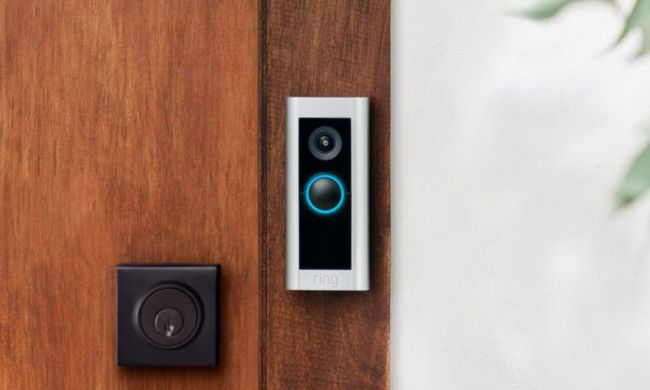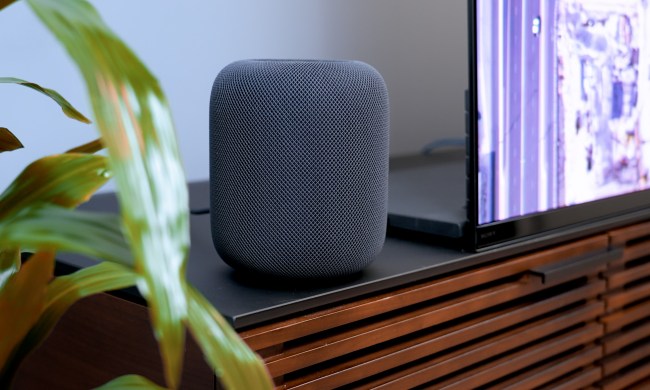With CES 2022 drawing to a close, I find myself wondering where the mind-blowing announcements were.
Don’t get me wrong. CES still offered a lot of really awesome technology, as well as many devices that I can’t wait to get my hands on and try out for myself — but it definitely lacked the wow factor in the form of unprecedented smart home devices. The products that were announced felt iterative, building on the groundwork of what’s already there. That’s not a bad thing; devices should continue to improve, and some of them certainly improved in major ways.
Take the Ecovacs Deebot X1 Omni, for instance. It has on-device voice processing that eliminates the need for a smart assistant, as well as the ability to clean itself each time it docks. So does the Roborock S7 MaxV Ultra. Then you have the Homey Bridge, a smart home hub with big ideas about uniting all of your different devices under a single control point. These are all fantastic devices, but again: Where was a product in the mold of Amazon’s Astro? Or the Ring Always Home Cam?

It’s 2022. I want housecleaning robots and smart home devices I haven’t dared dream of in addition to the usual menagerie of products. I want to have my smart home cake and eat it, too.
CES 2022 was an idea-driven conference
The standout aspects of CES 2022 weren’t the products, but the ideas. The push for more widespread of adoption of Matter and Thread support dominated headlines as more than a dozen additional companies jumped onboard. The idea that the smart home should be easier to set up, easier to use, and easier to secure drove many of the biggest announcements of CES.
Another major idea was that most everything should be touchless, especially in the bathroom. This is most clear in Moen’s announcement of the new MotionSense Wave faucet that lets you control the water flow without laying a hand on the faucet. In fact, a lot of devices focused on cleanliness. This is both timely and somewhat ironic, given the rapid last-minute cancellations of many tech outlets for the in-person show. Home health technology like air quality sensors, blood pressure monitors, and even smart humidifiers were a huge part of the show.
A natural continuation from cleanliness and health-focused products is the prevalence of smart lights. As we continue to embrace the work-from-home life, more people are realizing the necessity of quality lighting. Sengled led the way with a slew of smart lights (including some that keep an eye on your health). Home security devices followed closely on the heels of smart lights. TP-Link introduced a security camera and a floodlight camera. In a time when our homes truly are our castles, it’s important to keep them safe.
The ideas of simplicity, health, and safety were the driving force at CES. Not products themselves.
The tech world is still reeling from the pandemic
Every single announcement at CES, smart home or not, has been influenced by the current pandemic. Innovation is still strong, but companies haven’t been able to produce new products at the same speed as before. Quarantines, remote work, and shipping issues have brought manufacturing to a crawl. Until life returns to normal, these slower, more tangible improvements are likely to be the norm.

But to tell the truth, I hope I’m wrong. I hope that over the course of the next year, companies like Amazon, Google, and the other big names in the smart home world drop surprise announcements that catch us all by surprise. By CES 2023, I hope there is more direction in the smart home market.
I wouldn’t say I’m disappointed by this year’s product lineup, but CES 2022 felt a bit like going to your favorite restaurant. It’s tried-and-true and offers a sort of familiar comfort, but it lacks the pizazz of the new Michelin-starred patisserie down the street. New robot vacuum features, interesting smart lights, and security cameras are great, but they just don’t compare to something like a home robot that can truly take care of chores around the house. At best, these devices just make those chores easier to handle in the midst of a busy day.



